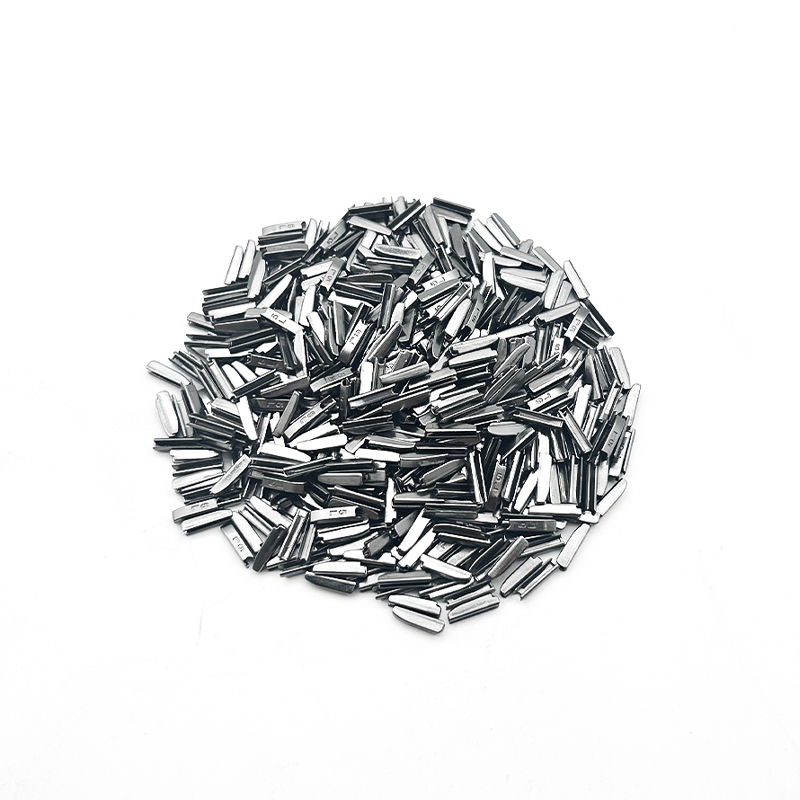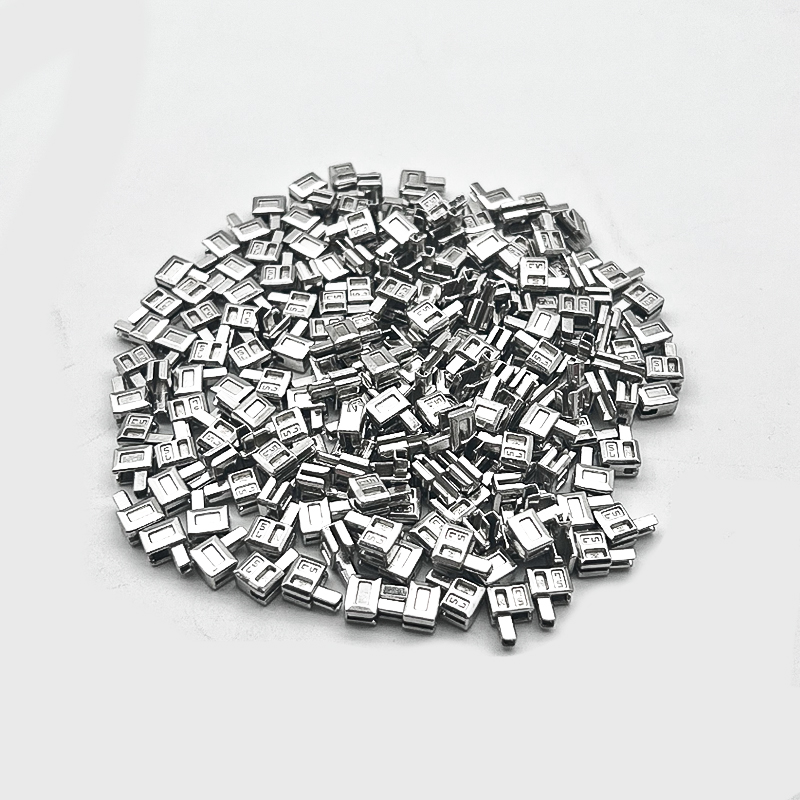Introduction to Pulling Head Pin
The locking head of a zipper (also known as a locking component, slider locking or zipper head assembly) is one of the key parts of a zipper, usually composed of a slider and a pin/box, and its function goes far beyond simple "pulling". The following are its core functions and design significance:
1. Core function: Closing and lockingGuiding closure:
The locking head accurately engages the two side chain teeth (or coils) through the movement of the pulling head, achieving smooth closure and separation of the zipper.
Self locking and anti slip:
Most zippers have built-in spring locks (such as automatic lock zippers) that lock the chain teeth to prevent accidental slipping (commonly used in pants and backpacks).
Bidirectional control:
The pin head of the two-way zipper can switch directions to achieve up and down separation (such as adjusting the tent door and down jacket hem).
2. Structural stability
Fixed starting/ending point:
The box and bottom stop cooperate to limit the zipper travel and prevent the slider from falling off (such as at the bottom of the jacket zipper).
Anti explosion design:
The metal pin head can withstand significant lateral tension to prevent chain teeth from breaking apart (such as in work pants and military equipment).
3. Special scenario applications
Split zipper (Open End):
The pin head can be completely separated and is used for items such as jackets, sleeping bags, etc. that need to be completely opened (such as YKK's "O" - shaped pin head).
Waterproof sealing:
The plug headband of diving suits and outdoor equipment is covered with rubber to prevent water from seeping in when closed.
Quick opening and closing:
Large pull-up plugs (such as ski suits) can also be operated with gloves.
4. Security and User Experience
Anti pinch design:
The curved pin head reduces the risk of gripping fabrics or skin (such as children's clothing, underwear).
Silent effect:
Nylon pin head reduces pulling noise (such as high-end luggage, formal wear).
Usability optimization:
The widened pull ring and hollowed out pin head make it easy for fingers to grip (such as clothing for the elderly).
5. Design Aesthetics
Decorative Puller:
The pin head can be customized with logos and irregular designs (such as luxury metal pulls).
Hidden pin:
The locking head of the invisible zipper should not be exposed to keep the fabric clean (such as the back of a dress).
Common problems with pin head failure
Puller detachment: The lower stop is damaged or the pin is not properly engaged.
Loose closure: worn pins or deformed chain teeth.
Pulling lag: There is dirt inside the pin head or the internal spring of the pull head has failed.
summarize
The locking head is the "control center" of the zipper, which directly affects the reliability, functionality, and service life of the zipper. When designing, the material (metal/plastic), lock type (automatic lock/spring lock), and size should be selected according to the purpose. For example, outdoor equipment needs to strengthen the pin head, while fashionable items focus on aesthetics and lightweight.



